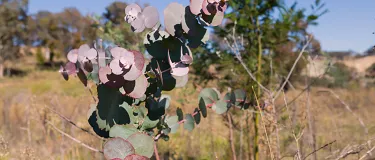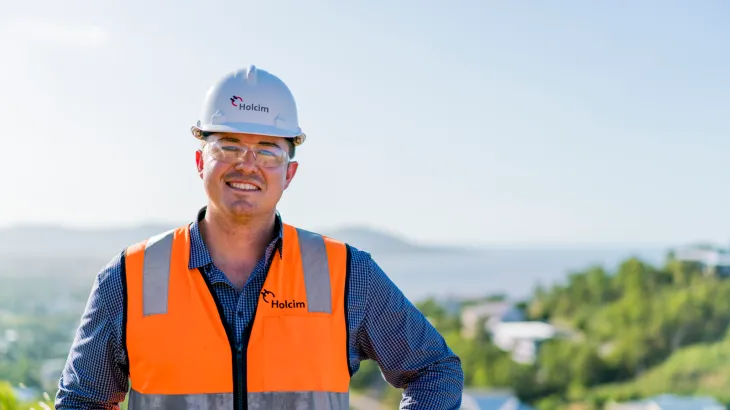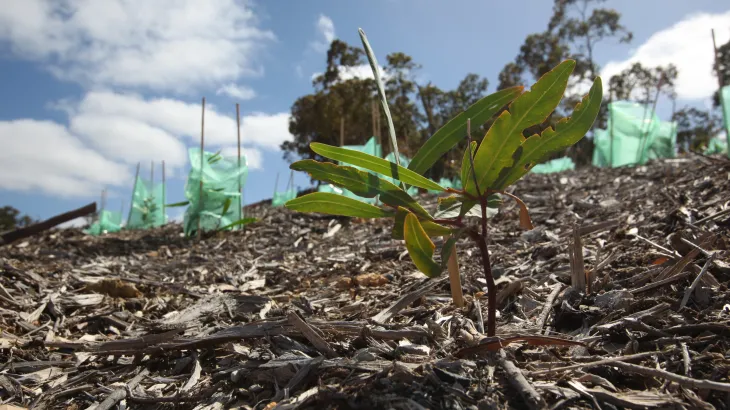Environment
With sustainability at the core of its strategy Holcim is becoming a net zero company, with its people and communities at the heart of its success.
Our Environmental Management System
Our safety, health and environment (SHE) management system is based on high environmental standards. The Holcim executive committee closely monitors our performance in managing workplace safety and protection of the environment.
The environmental component of the management system helps identify and manage potential environmental risks. Operations are assessed against the requirements of our standards and improvements made.
Circular Explorer
The first-of-its-kind solar-powered cleaning catamaran is here, and it's on a mission to clean up the ocean. We are here to build progress for people and the planet.









